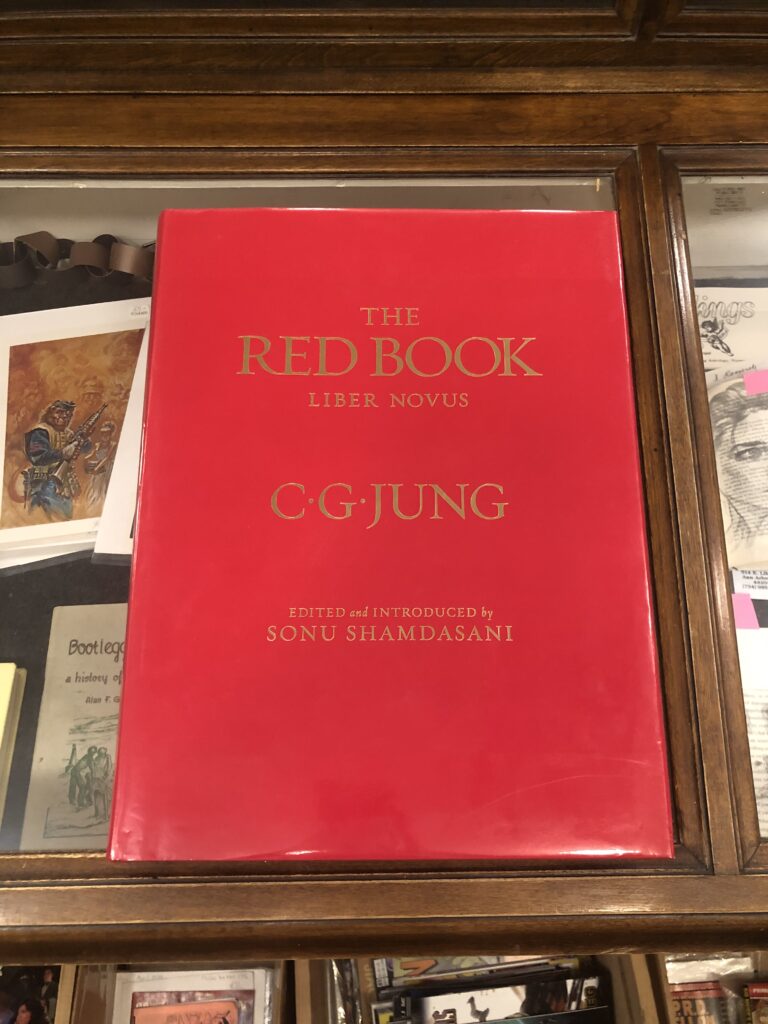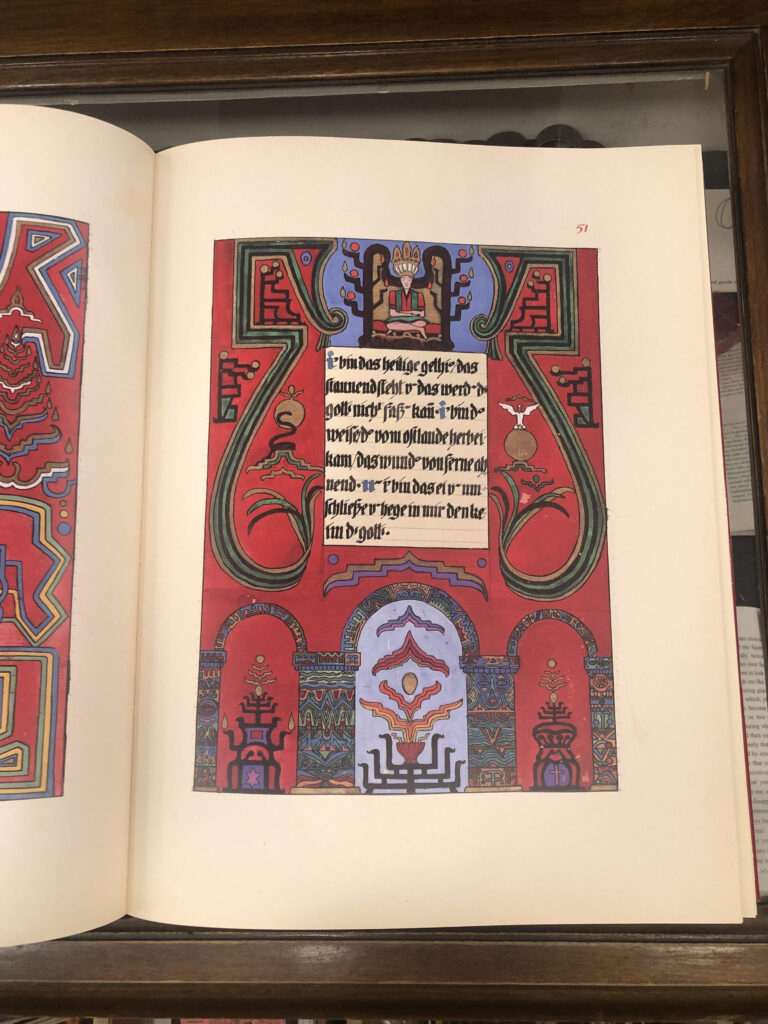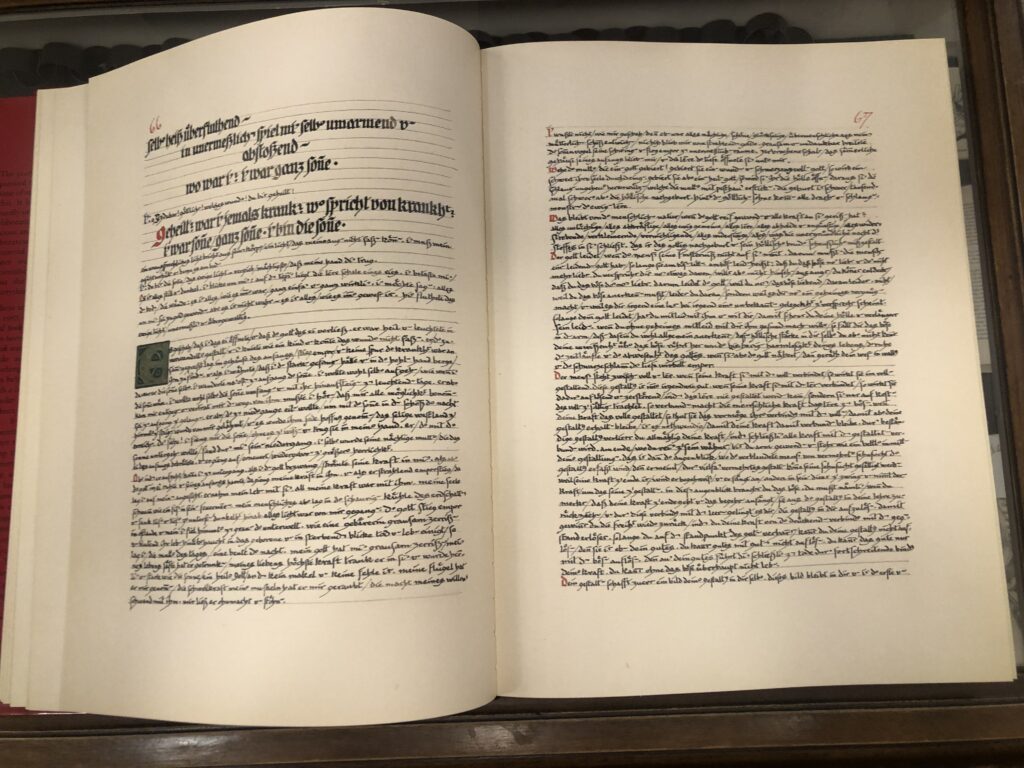by Carl Jung
First Edition | W. W. Norton | 2009
Call, email, or visit us in the store to buy this book!


Jung wrote the contents of the Red Book over the course of a sixteen-year period starting in 1913, following a rocky split from his mentor and collaborator Sigmund Freud, and leading into the dark and devastating era of WWI. This period of Jung’s life was characterized by intense nocturnal activity in which he filled journals full of “visions,” “fantasies,” and “imaginations” — his attempts to turn off his own consciousness and confront the self as it is presented in the unconscious mind. It was described by some as psychosis or creative illness, and Jung himself reflected that “to the superficial observer, it will appear like madness.”
Though Jung began transcribing these periods of altered consciousness, adding commentary and analysis, into a manuscript bound by red leather, he never completed the work of Liber Novus (“The New Book” — referred to casually by Jung and others as the “Red Book”). The partial manuscript, written in Jung’s own hand, as well as additional writings that were intended as part of the project, were locked away in a bank vault in Zurich. Few people read this strange psychological work, as Jung feared they would label him insane, and his estate feared he would lose his credibility as a scholar. After decades of keeping the material under wraps, Jung’s estate approved the translation and production of this W. W. Norton 2009 edition of the Red Book, which compiles all of these materials together for the first and only time. (A “Reader’s Edition” was published in 2012, but it does not include facsimiles of the art and calligraphy from Jung’s original manuscripts.)
Even in all its strangeness and mystery, Jung referred to the time he spent writing the Red Book as the most important in his life, and the foundation for much of his most celebrated work. Jungian philosophy splits from Freud in significant ways, building upon the ideas he explored within his own mind and the pages of his Red Book to create a model of psychotherapy that focuses on the wisdom and guidance that can be found in the unconscious. His legacy continued in the work of his famous disciples, such as Jacques Lacan and Julia Kristeva, planting the seeds for a whole new psychological perspective on the unconscious . In the pages of the Red Book, we get a glimpse into Jung’s mind, confusing and psychedelic as it can become, unclouded by the gloss of traditional scholarship. Come by the Dawn Treader to see this record of philosophical history for yourself!


